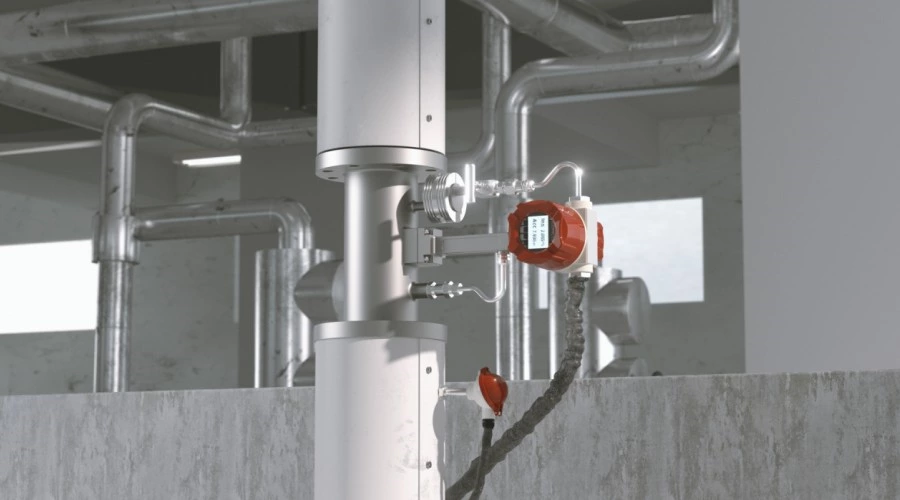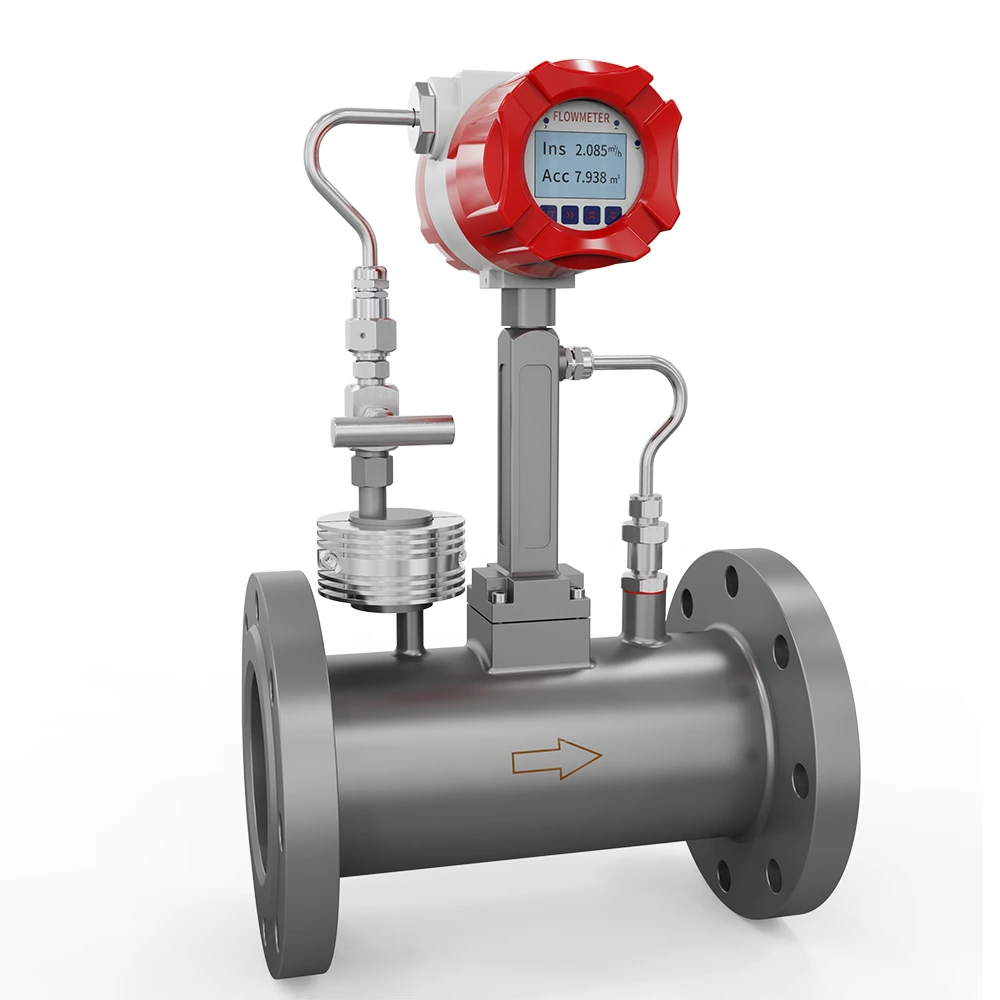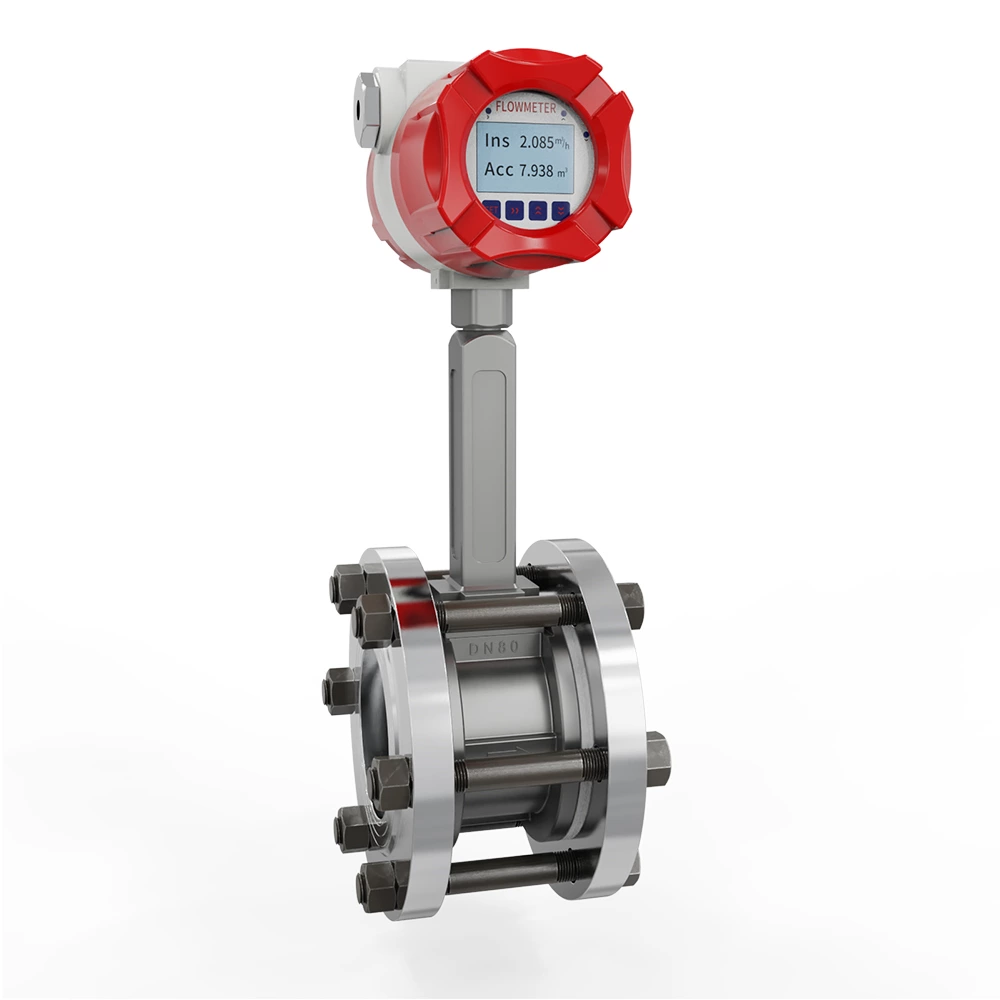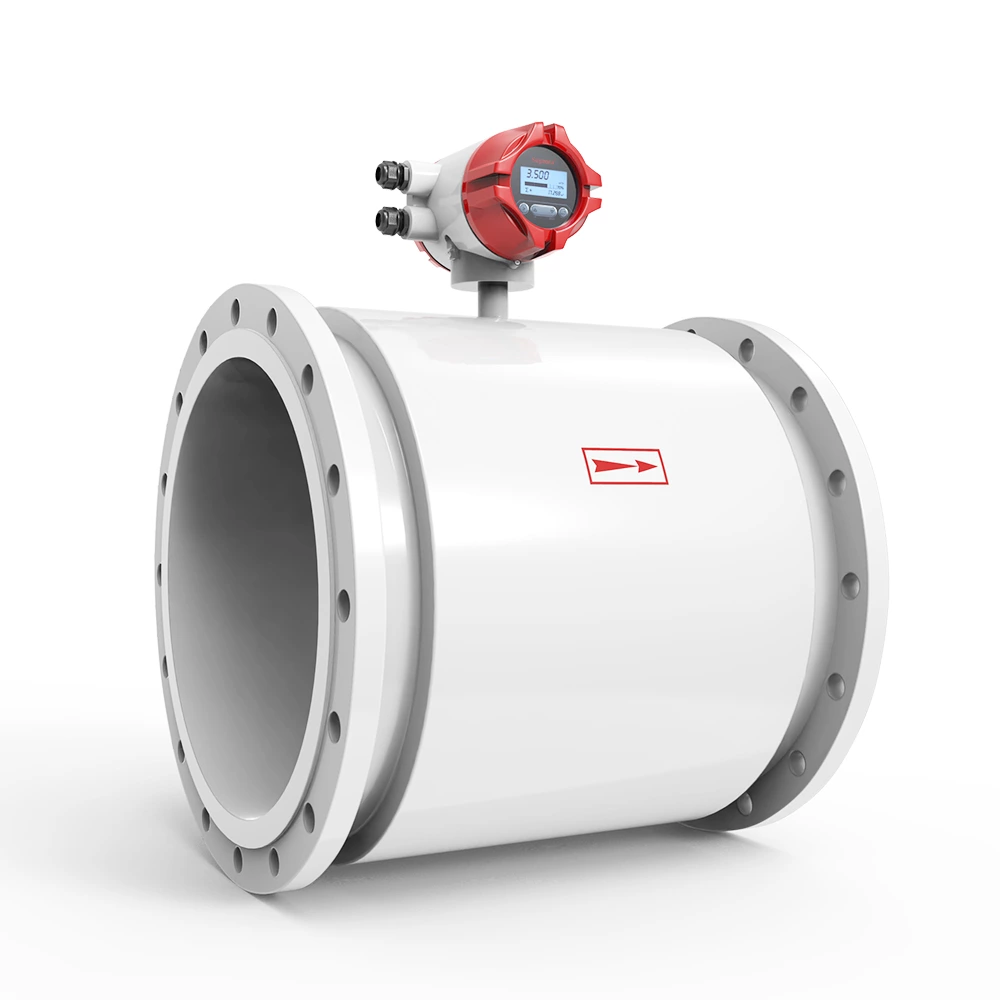Vortex Flow Measurement: An Accurate and Reliable Flow Monitoring Technique
Flow measurement is a critical aspect of various industries, ranging from oil and gas to chemical processing and water management. Accurately monitoring and controlling fluid flow is essential for optimizing processes, enhancing efficiency, and ensuring product quality. One popular method for flow measurement is vortex flow measurement, which relies on the principle of vortex shedding to determine flow rates. In this article, we will explore the working principle, advantages, applications, and limitations of vortex flow measurement, as well as its comparison with other flow measurement techniques.
1. Introduction to Vortex Flow Measurement
Flow measurement involves determining the volume or mass of a fluid that passes through a specific point within a given time frame. Vortex flow measurement is based on the concept of the von Kármán effect, which states that when a fluid flows past a bluff body, such as a specially designed vortex flow meter, it creates alternating vortices on the downstream side. These vortices are shed in a periodic manner and can be detected and analyzed to calculate the flow rate accurately.
2. How Does Vortex Flow Measurement Work?
Vortex flow meters typically consist of a bluff body, a sensor, and an electronic transmitter. The bluff body is strategically placed in the flow stream, causing vortices to form downstream. The sensor, often a piezoelectric crystal or strain gauge, detects the pressure fluctuations caused by the vortices. The electronic transmitter processes the sensor signals and converts them into flow rate data. By analyzing the frequency of the vortex shedding and applying mathematical formulas, the flow rate can be accurately determined.
3. Advantages of Vortex Flow Measurement
Vortex flow measurement offers several advantages over other flow measurement techniques. Firstly, it is a non-intrusive method, meaning that the flow does not come into direct contact with any moving parts, reducing the risk of contamination or mechanical failures. Additionally, vortex flow meters are known for their wide turndown ratio, allowing them to measure a broad range of flow rates accurately. They are also relatively low-cost compared to some alternative methods and require minimal maintenance.
4. Applications of Vortex Flow Measurement
Vortex flow measurement finds applications in various industries and processes. One prominent use is in the oil and gas industry, where vortex flow meters are employed for measuring the flow rates of crude oil, natural gas, and refined products. They are also widely used in the chemical industry to monitor the flow of corrosive liquids and gases. In water management systems, vortex flow meters play a crucial role in measuring water flow rates in pipes and channels. Other applications include HVAC systems, food and beverage production, and pharmaceutical manufacturing.
5. Factors to Consider When Using Vortex Flow Meters
While vortex flow meters offer many advantages, certain factors need to be considered when using them. One important consideration is the fluid properties. Vortex flow meters are suitable for both liquids and gases, but the specific properties of the fluid, such as density, viscosity, and temperature, can affect the accuracy of the measurements. The flow profile and piping configuration also play a role in the performance of vortex flow meters, and proper installation techniques should be followed to ensure accurate readings.
6. Common Types of Vortex Flow Meters
There are several types of vortex flow meters available, each with its own advantages and considerations. The most common types include insertion vortex flow meters, which can be retrofitted into existing pipelines, and inline vortex flow meters, which are directly installed in the flow line. Another variation is the multivariable vortex flow meter, which measures not only flow rate but also temperature and pressure, providing additional data for a comprehensive process control.
7. Installation and Maintenance of Vortex Flow Meters
Proper installation and maintenance are crucial for the optimal performance of vortex flow meters. During installation, factors such as pipe diameter, distance from elbows or valves, and upstream and downstream straight pipe requirements should be considered to ensure accurate measurements. Regular maintenance, including sensor calibration, inspection of the bluff body, and verification of electrical connections, is necessary to guarantee the reliability and longevity of vortex flow meters.
8. Challenges and Limitations of Vortex Flow Measurement
Although vortex flow measurement has many advantages, it also faces certain challenges and limitations. One limitation is the need for a fully developed flow profile for accurate measurements, which may require additional piping configurations. The presence of suspended solids or bubbles in the fluid can also interfere with vortex shedding and affect measurement accuracy. Additionally, extremely low flow rates or high velocities can pose challenges for vortex flow meters, and alternative methods may be necessary in such cases.
9. Comparison with Other Flow Measurement Techniques
Vortex flow measurement competes with various other flow measurement techniques, such as ultrasonic flow meters, electromagnetic flow meters, and turbine flow meters. Each method has its own strengths and weaknesses, and the choice depends on factors such as the nature of the fluid, the required accuracy, and the operating conditions. Vortex flow meters are often favored for their simplicity, low maintenance requirements, and ability to handle high-temperature and high-pressure applications.
10. Future Developments in Vortex Flow Measurement
The field of vortex flow measurement continues to evolve, with ongoing research and development efforts aimed at improving accuracy, expanding the range of measurable flows, and enhancing compatibility with different fluid types. Advances in sensor technology, signal processing algorithms, and materials are expected to contribute to the further optimization of vortex flow meters. Additionally, the integration of wireless communication and IoT capabilities may enable real-time monitoring and remote control of flow measurement systems.
11. Conclusion
Vortex flow measurement offers an accurate, reliable, and cost-effective solution for monitoring fluid flow in various industries. Its non-intrusive nature, wide turndown ratio, and low maintenance requirements make it a preferred choice for many applications. However, proper consideration of fluid properties, installation techniques, and potential limitations is essential to ensure accurate and consistent measurements. As technology advances, vortex flow meters are likely to become even more versatile and adaptable to evolving industry needs.
FAQs
FAQ 1: What is the principle behind vortex flow measurement?
Vortex flow measurement is based on the principle of vortex shedding, where vortices are formed behind a bluff body in the flow stream. These vortices are shed in a periodic manner, and their frequency is proportional to the flow rate, allowing for accurate flow measurement.
FAQ 2: Can vortex flow meters handle different types of fluids?
Yes, vortex flow meters can be used with a wide range of fluids, including liquids and gases. However, the specific properties of the fluid, such as viscosity and temperature, may affect the accuracy of the measurements.
FAQ 3: Are vortex flow meters suitable for high-pressure applications?
Yes, vortex flow meters are suitable for high-pressure applications. They can handle pressures ranging from a few bar up to several hundred bar, depending on the design and specifications of the meter.
FAQ 4: How accurate are vortex flow meters compared to other flow measurement methods?
Vortex flow meters are known for their high accuracy, typically achieving an accuracy of ±1% of the measured flow rate. However, the actual accuracy may vary depending on factors such as the specific meter design, installation conditions, and the properties of the fluid being measured.
FAQ 5: What are the common challenges faced when using vortex flow meters?
Some common challenges associated with vortex flow meters include the need for a fully developed flow profile, potential interference from suspended solids or bubbles, and limitations in extremely low flow rates or high velocities. Proper installation, calibration, and understanding of the meter's limitations can help mitigate these challenges and ensure accurate measurements.








